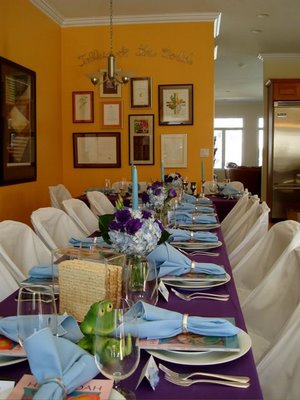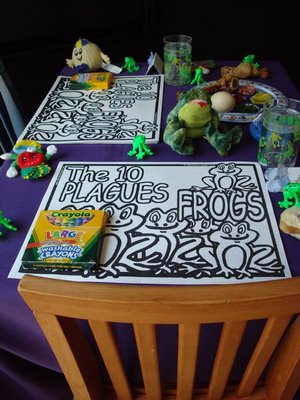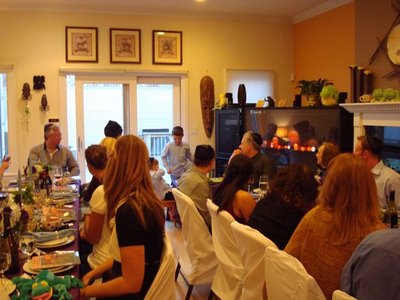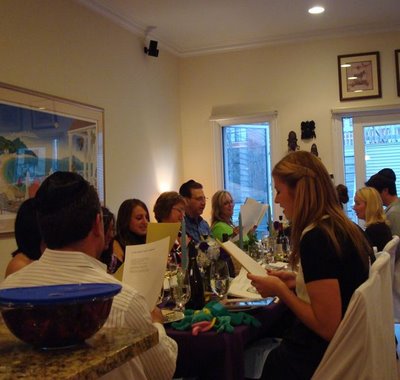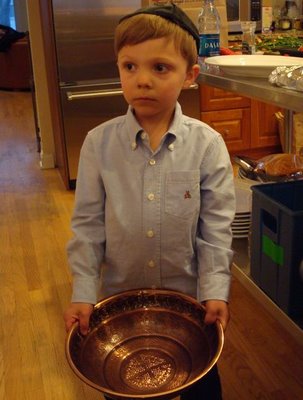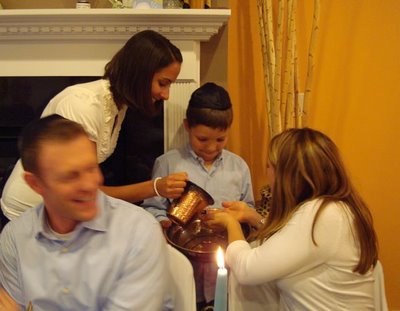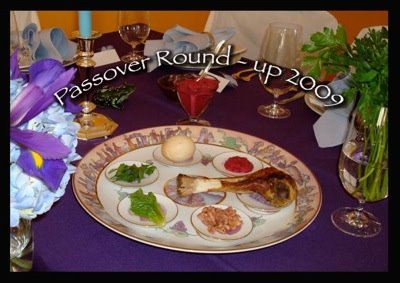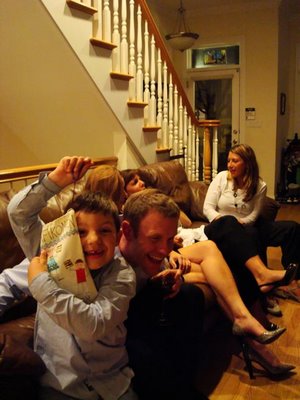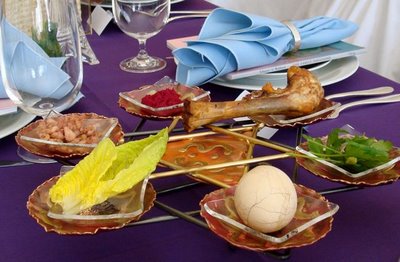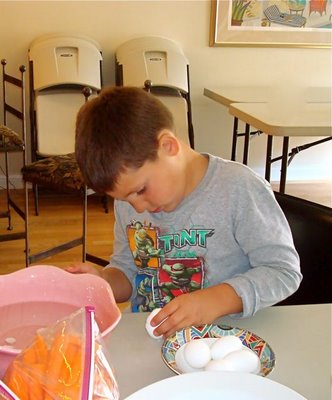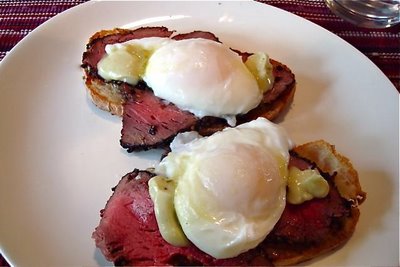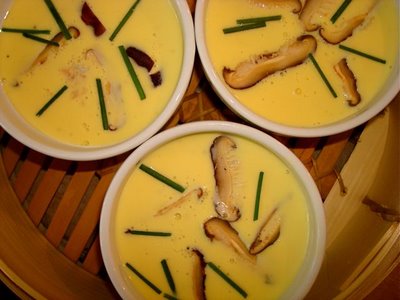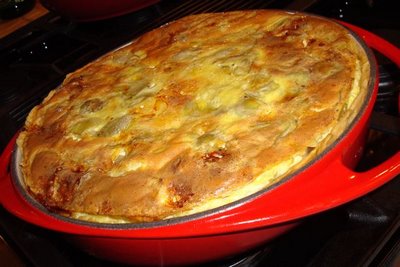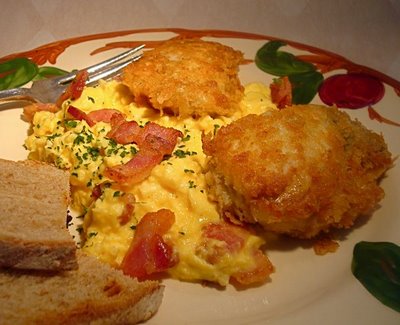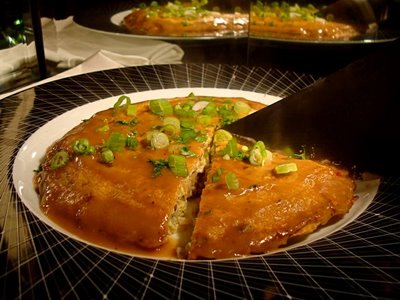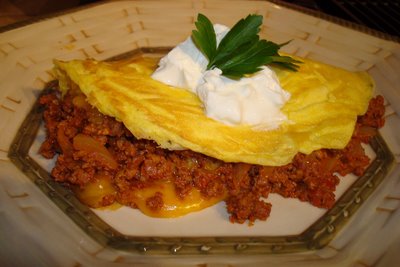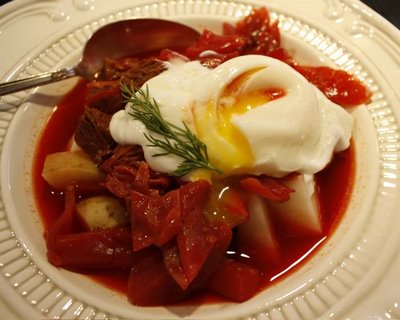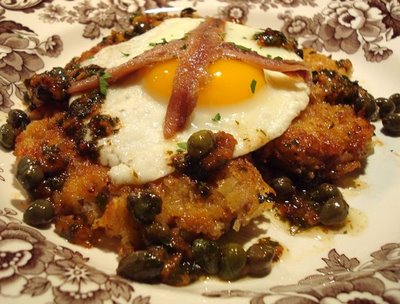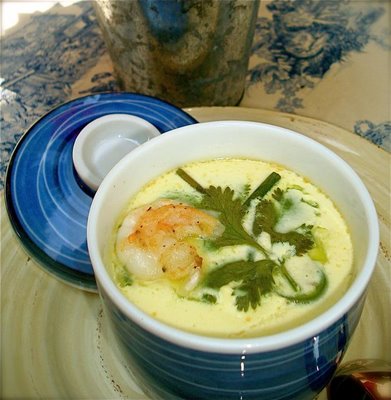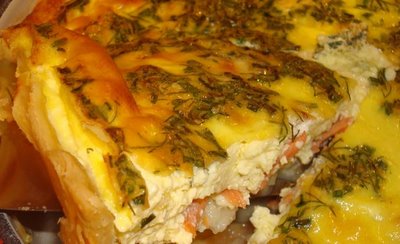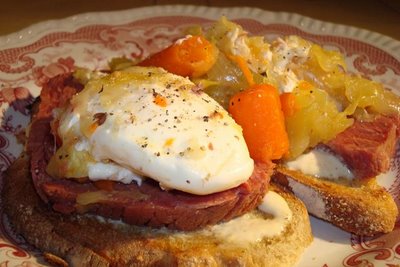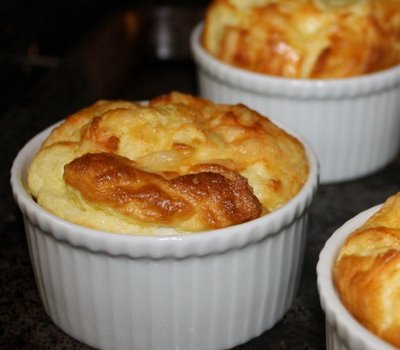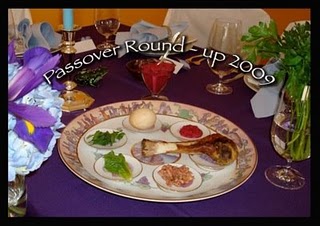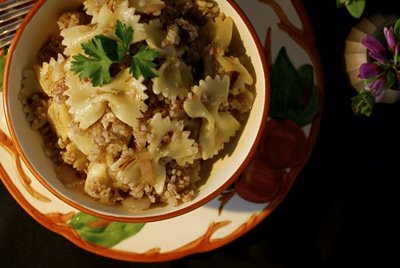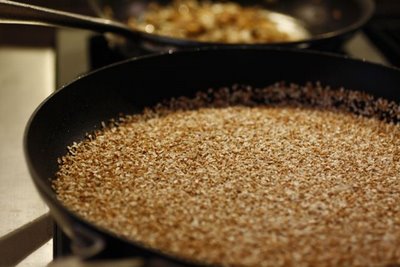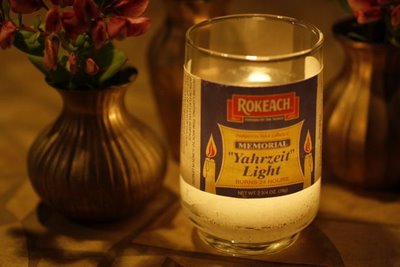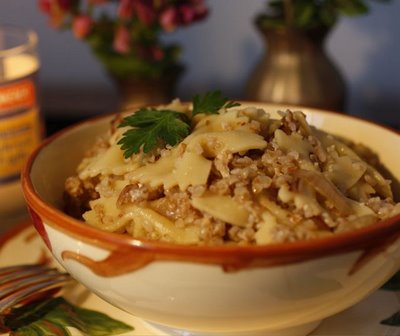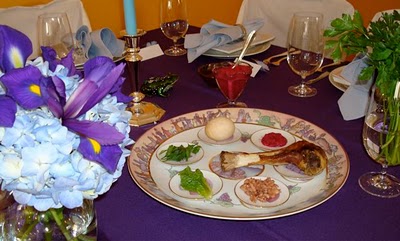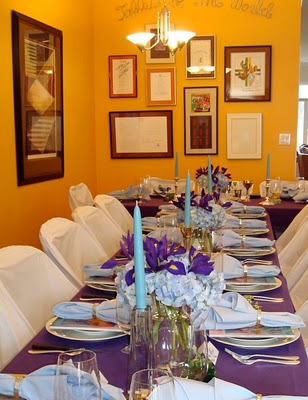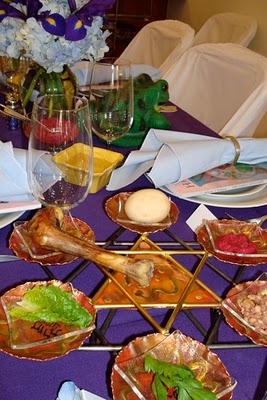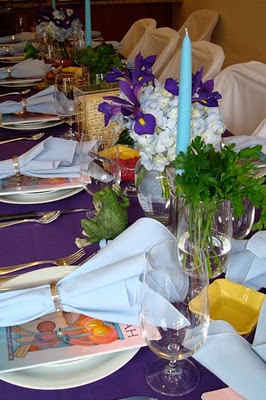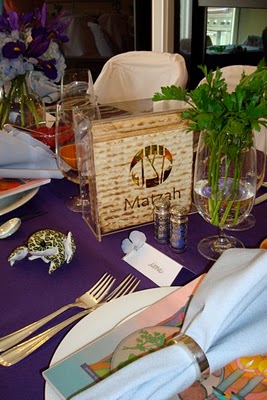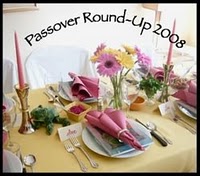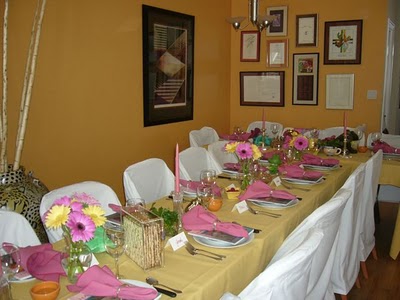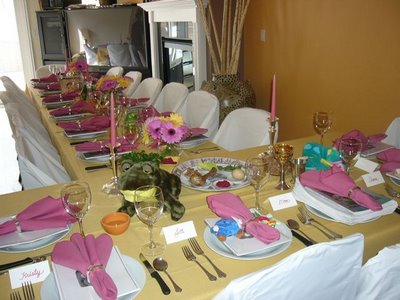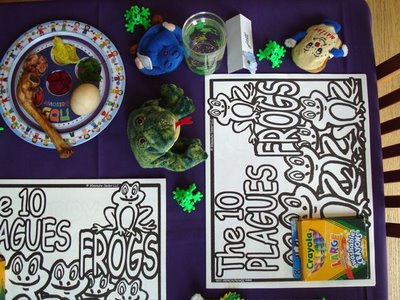
What is the significance of all these frogs?
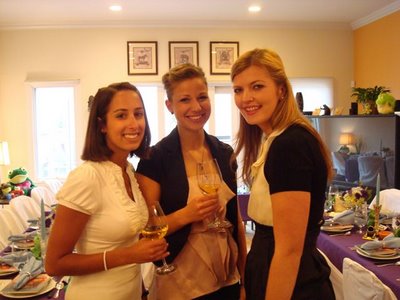
- Kaddesh – Saying a blessing over the first cup of wine in honor of the holiday.
- Urechatz – Washing the hands, no blessing is said, prepare to eat karpas.
- Karpas – Eating parsley dipped in salt water, representing the tears of our ancestors.
- Yachatz – The middle of the three matzohs on the table is broken, the larger piece becomes the afikomen.
- Maggid – The story of the Exodus from Egypt is retold. It starts with asking of the Four Questions by the youngest at the table.
- Rachtzah – Hands are washed for the second time with a blessing, prepare to eat the matzoh.
- Motzi – A blessing for bread or grain products is recited over the matzoh.
- Matzah – Blessing specific to matzoh is recited and then matzoh is eaten.
- Maror – Blessing is recited over a bitter vegetable such as horseradish, symbolizing the bitterness of slavery.
- Korekh – Another set of bitter herbs known as Chazeret is eaten as the sandwich to replace the paschal offering. We make a matzoh sandwich with maror and charoset.
- Shulchan Orech – A festive meal is eaten.
- Tzafun – Piece of Matzoh hidden for the children to find and is eaten as the ‘dessert’ or the last food of the meal.
- Barech -Grace is recited over the third cup of wine and then it is drunk. The fourth cup is poured along with the cup set aside for the Prophet Elijah. The door is opened to invite him in.
- Hallel – Several psalms are recited followed by a blessing over the last cup of wine.
- Nirtzah – A wish is made that Jews may celebrate next Pesach in Jerusalem or that the Messiah may come again next year.
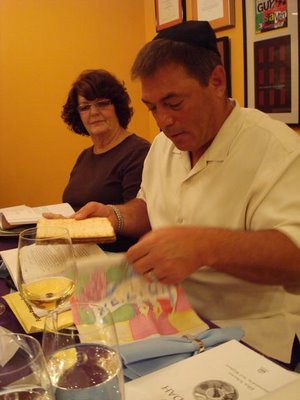
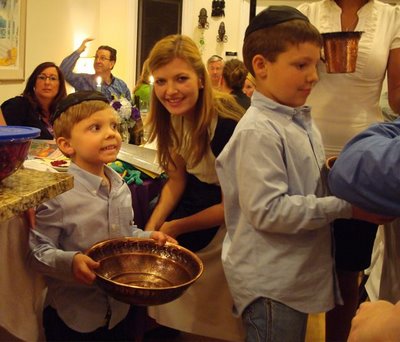
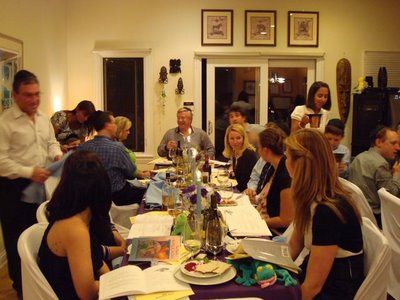 As Lena and Stone help with the hand washing at one table, Kristy and Jett assist the other table. One of the objectives of the Seder is to retell our story and teach the next generation about the rituals, symbols, and meaning of the holiday. Next, we recite a blessing for matzoh and maror, eat a Hillel sandwich of charoset and maror, then serve the meal.
As Lena and Stone help with the hand washing at one table, Kristy and Jett assist the other table. One of the objectives of the Seder is to retell our story and teach the next generation about the rituals, symbols, and meaning of the holiday. Next, we recite a blessing for matzoh and maror, eat a Hillel sandwich of charoset and maror, then serve the meal.
